-
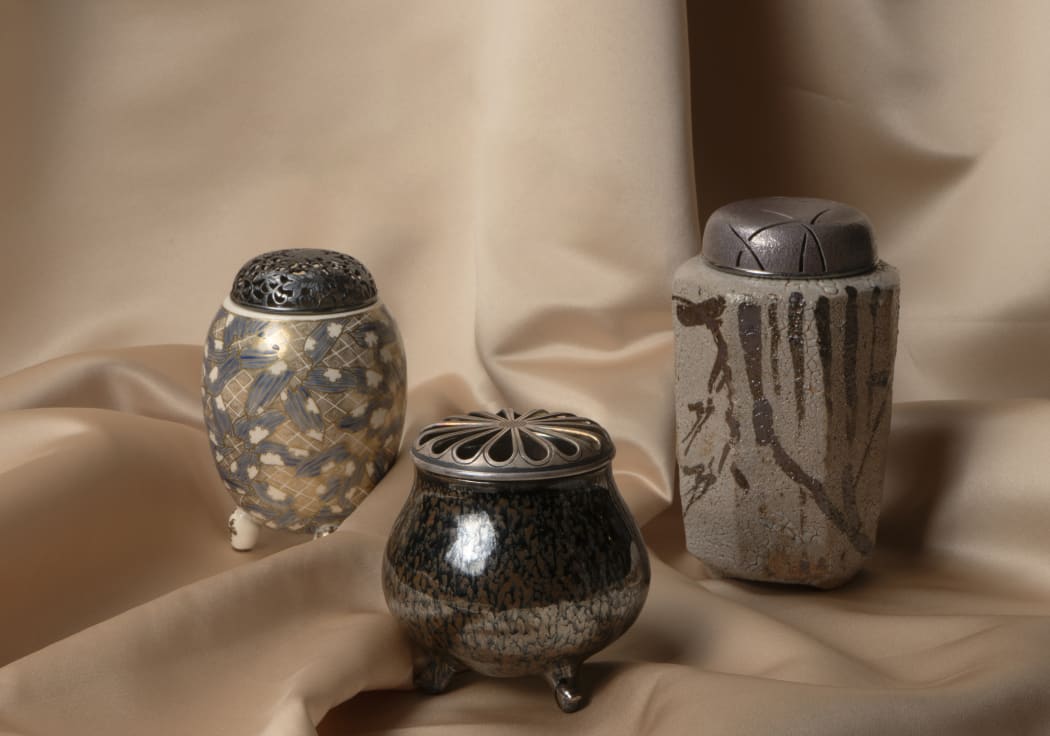
Kōdō: The Way of Fragrance
The art of ceramic incense implementsKōdō 香道, often translated as “The way of fragrance,” is known as one of three classical Japanese arts of refinement for the Japanese tea ceremony (sadō) . Codified during the Muromachi period, Kōdō is both an aesthetic pursuit and a meditative discipline. Kōdō also encompasses a rich world of implements and material culture that span ceramics, metalwork, woodcraft, and other mediums. Incense burners known as kōro, often fitted with ceramic or metal lids. Ceramic containers for storing incense (Kōgo), are also among the central objects associated with this practice. These forms, represented in this catalog, embody the relationship between fragrance and ritual through craft. Learn more about the Japanese art of fragrance in this article.
-

-

-

-

-

-
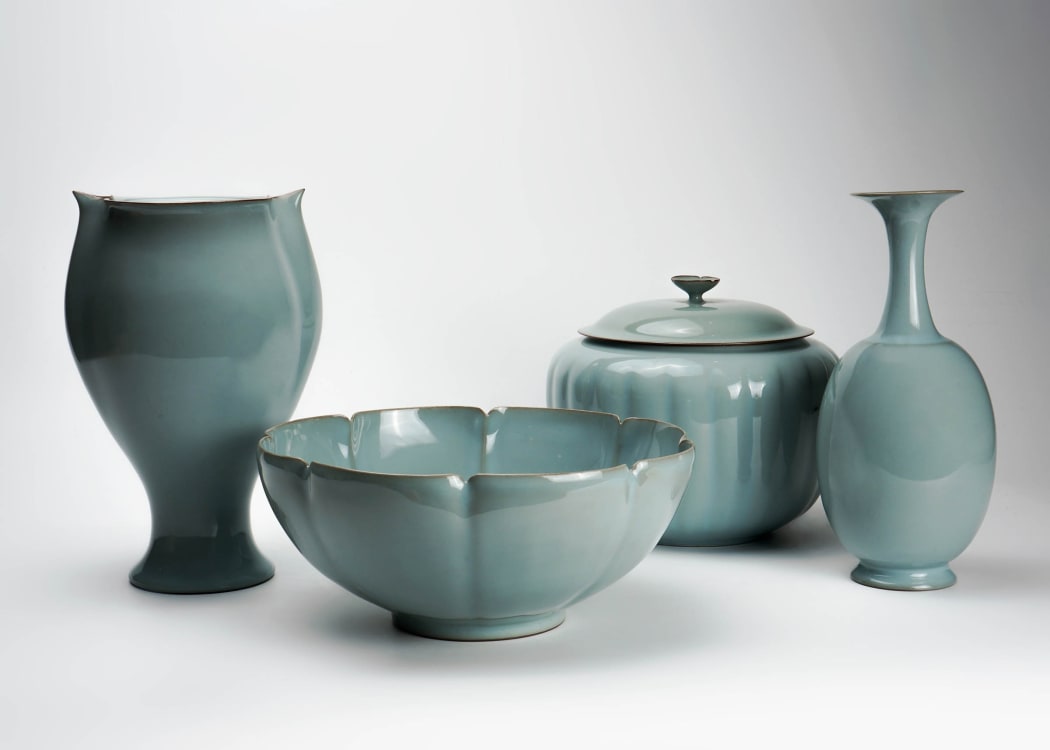
-

-

What is Celadon?
Tracing the Origins and Alchemy of a Timeless GlazeCurator and Japanese Art Specialist Daniel McOwan offers us a glance at the technical side of the elusive celadon glaze. -

-

-
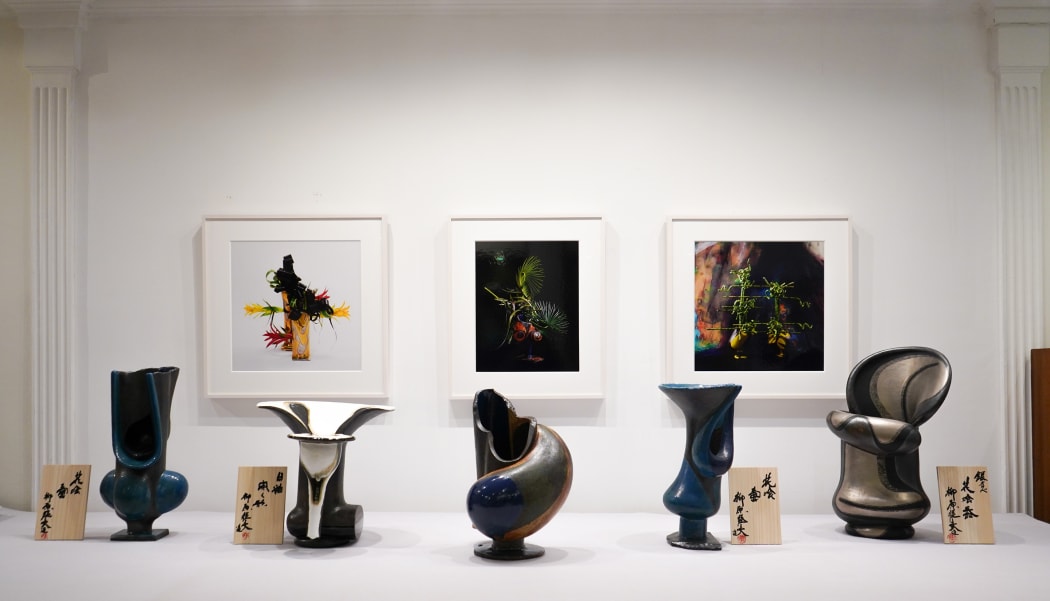
-

-

Gift Guide: Curated gifts for Tea Lovers
Artful and curated tea ceramics for the festive season -

-

-

Studio visit: Shingu Sayaka
Look into Shingu Sayaka’s reflections on her artistic practice and her studio space in OsakaBased in Osaka, contemporary artist Shingu Sayaka (b. 1979)’s serene studio is framed with a natural garden, with the bustling city just beyond. Read more here.
-

Journals from Japan
Miwa Ryukishō solo exhibition: SHOWAN 生盌 - The Bowl of Life at Nihonbashi Mitsukoshi[NEW] Journals from Japan: read director Beatrice Chang's reflections on the recent solo exhibition of celebrated artist Miwa Ryukishō (formerly Miwa Ryosaku, and Kyusetsu) in Japan. -

The Craft of Tea: Opening Reception Recap
An evening with tea master Yoshitsugu NaganoAt last night’s exhibition opening, we had the privilege of hosting two captivating tea ritual demonstrations by Yoshitsugu Nagano, a tea master of the Ueda Soko-ryu school. Yoshitsugu shared the profound philosophy that tea objects grow in meaning as we connect with them more deeply over time. His demonstration beautifully highlighted the appreciation of tea ceramics as a multisensory experience, rooted in the heart. Read more about it and browse more images here!
-

-

-

-

Excerpts: Miyanohara Ken (1898-1977)
A master potter- Translated article from Monthly Magazine of Antique Art & Mingei, published November 1, 1978Read our translated excerpt from: 目の眼 ー古美術・民芸の月刊誌 11月号 昭和54年11月1日発行 (Eyes of the Eye ーMonthly Magazine of Antique art and Mingei, November issue Published on November 1, 1978) on the life and work of master potter Miyanohara Ken, who was a student of Meiji era master potter, Itaya Hazan. -
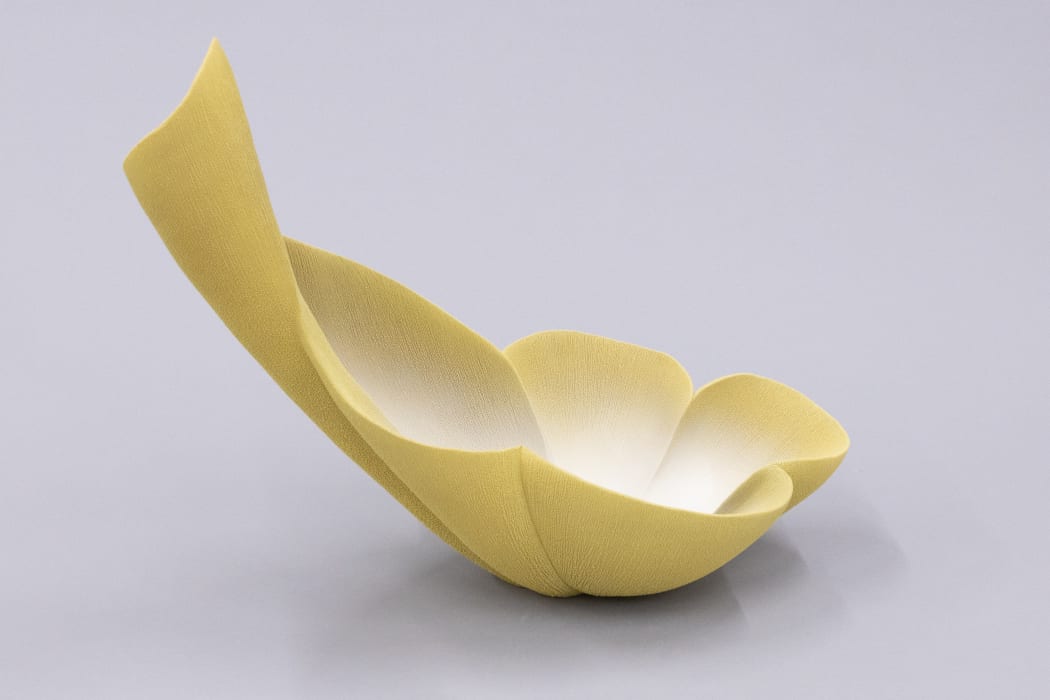
-
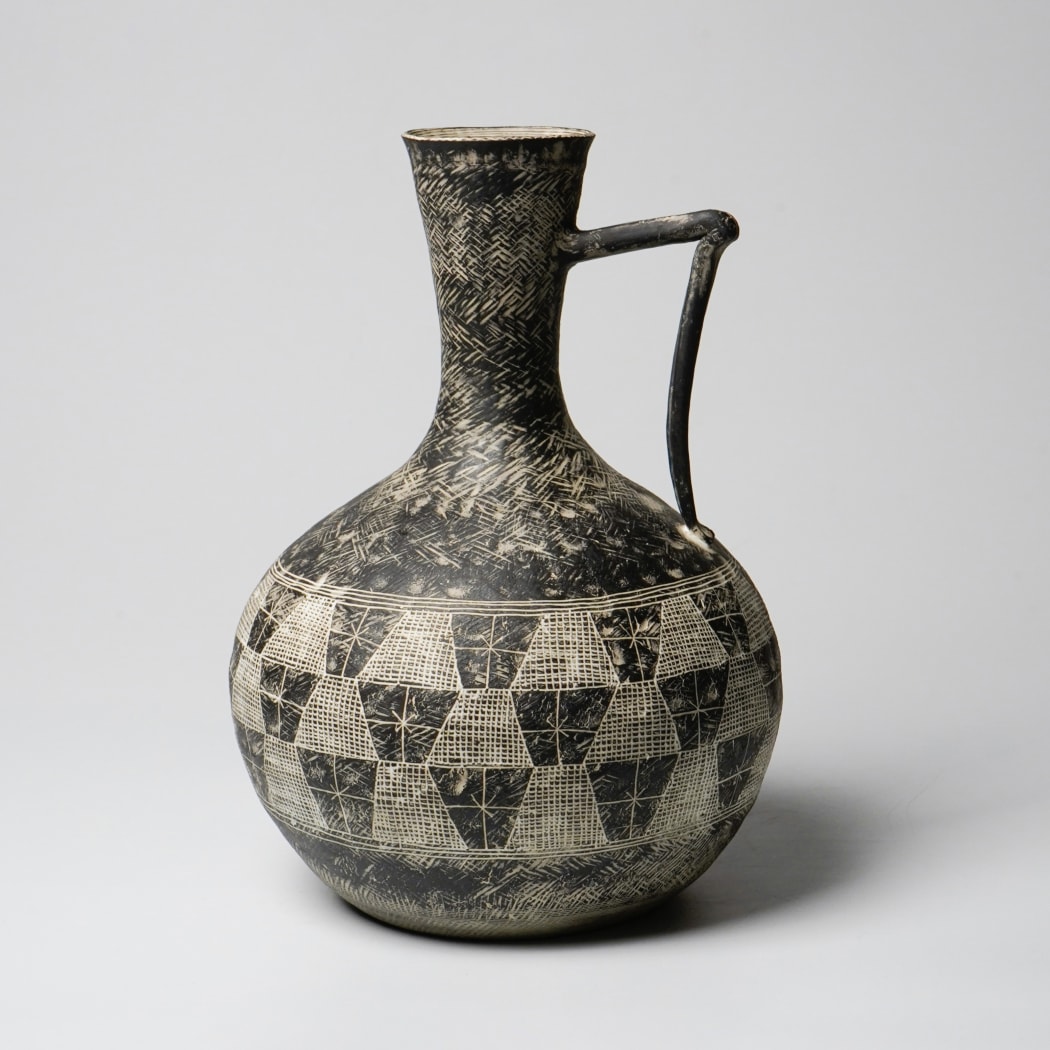
Museum Acquisition: Yasuhara Kimei
Announcement: Yasuhara Kimei's Vase acquired by the Princeton Museum of ArtDai Ichi Arts is delighted to announce the acquisition of Yasuhara Kimei's "Sekki" flower vase by the permanent collections of the Princeton Museum of Art. Read more about this vase by Yasuhara Kimei (also known as Yasuhara Yoshiaki) here. -

Museum Acquisition: Isezaki Jun
Announcement of the acquisition of Isezaki Jun's Bizen jar by the permanent collections of the Jordan Schnitzer Museum of ArtWe are thrilled to announce that a stunning Hidasuki Bizen jar crafted by the renowned artist Isezaki Jun has found its permanent place within the esteemed collections of the Jordan Schnitzer Museum of Art. Read more about the piece here.
-

-

Before the Curtain Draws
Closing comments: Yasuhara Kimei Exhibition EndBeatrice Chang offers reflections & thanks before the closing of our September exhibition "Object, Vessel: Yasuhara Kimei, Ikebana Sogetsu, and the Art of Japanese Ceramics" -

-
 Read a translated transcription of Yasuhara's reflections by the kiln side at night.
Read a translated transcription of Yasuhara's reflections by the kiln side at night. -

A Modern Master Revealed
Yasuhara Yoshiaki and the ceramics revolution of the twentieth centuryRead the full essay on the work of Yasuhara Yoshiaki (Yasuhara Kimei) in the context of the development of avant-garde ceramics in Japan, by curator Russell Kelty (Art Gallery of South Australia). -

-
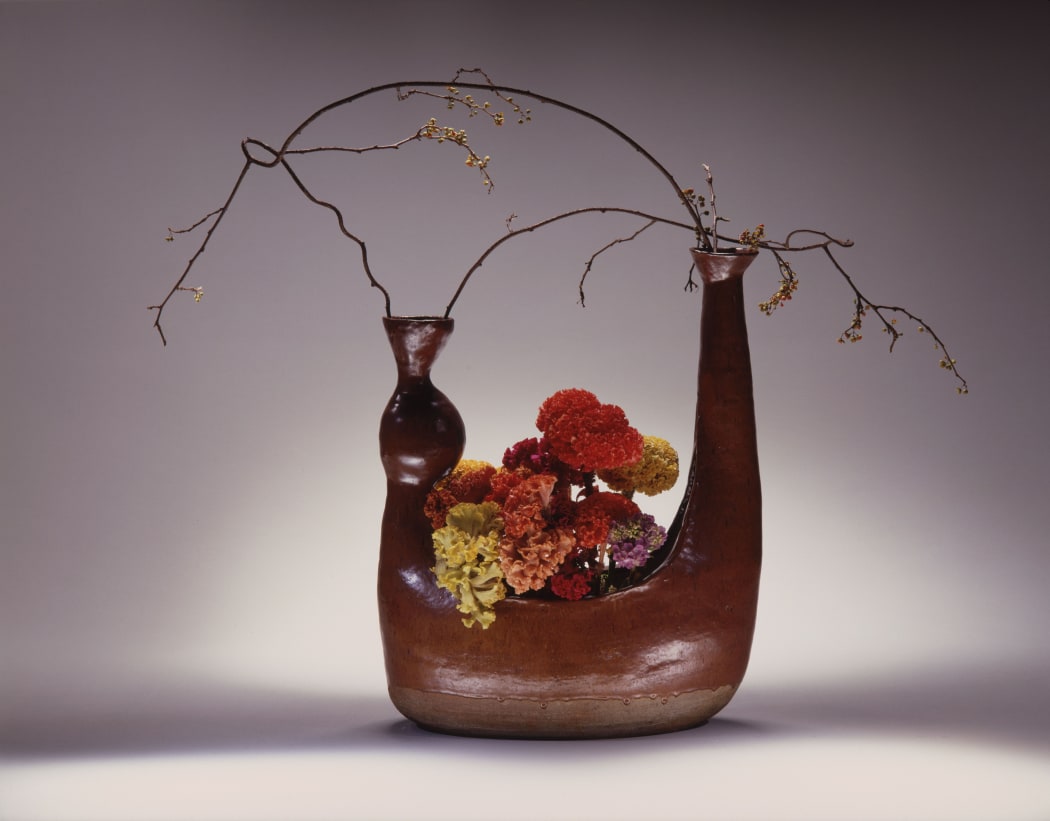
The Vase as Art Object (Obuje-Kaki オブジェ花器)
Ceramics of The Ikebana Sogetsu SchoolThe art of floral arrangement in Japan has a modern and avant-garde history that is intertwined with development of modern ceramic visual arts. Both tea masters and flower arrangement (Ikebana) artists are the natural companions for ceramic artists in the course of their work. Click to read more about the noble and modern associations of ceramics and Ikebana.
-

-
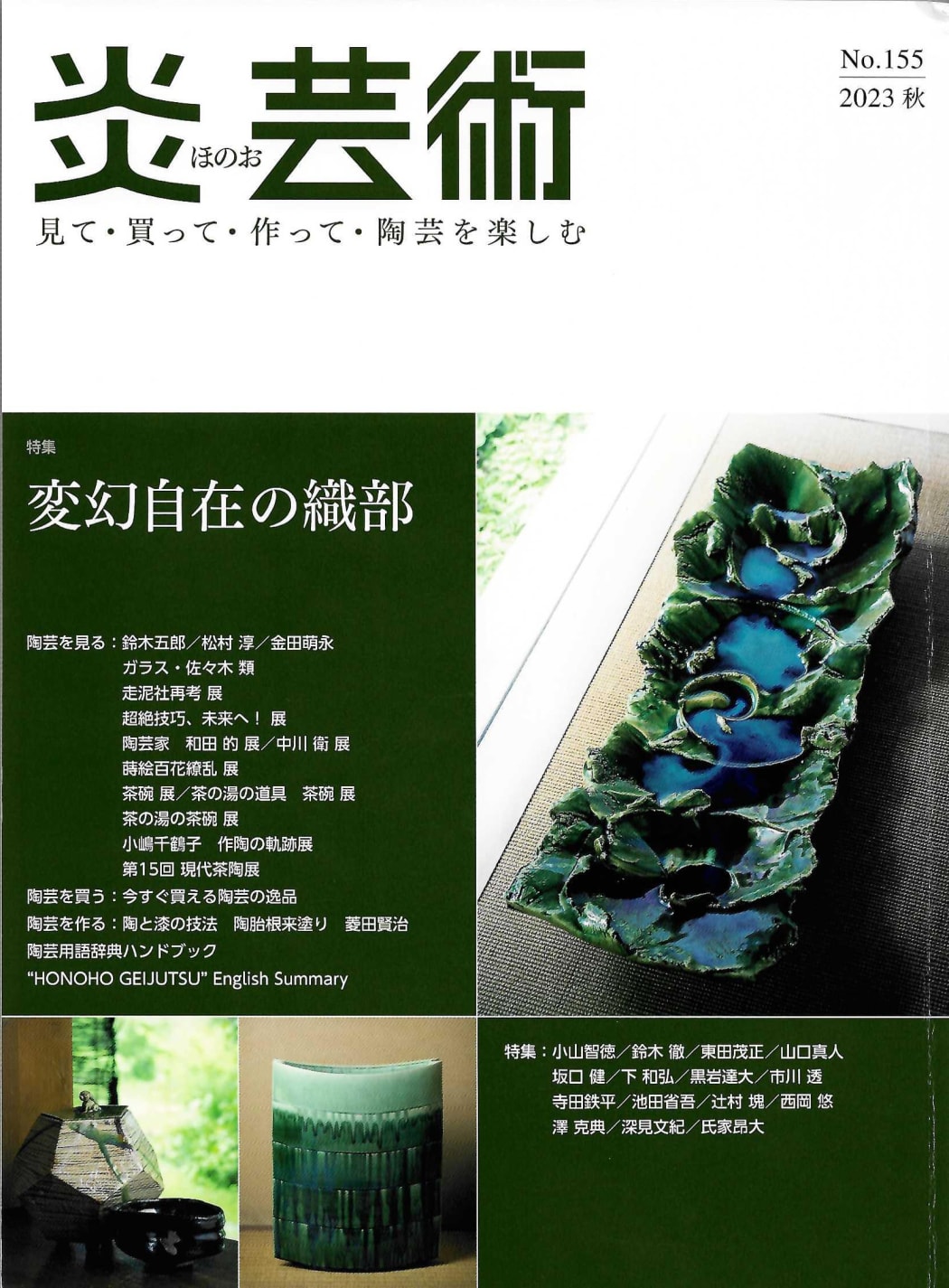
Dai Ichi Arts is delighted to announce that Gallery artist Higashida Shigemasa has been published in the autumn 2023 issue of Honoho Geijutsu (The Art of Fire), a quarterly journal on Japanese ceramics and Kogei.
-
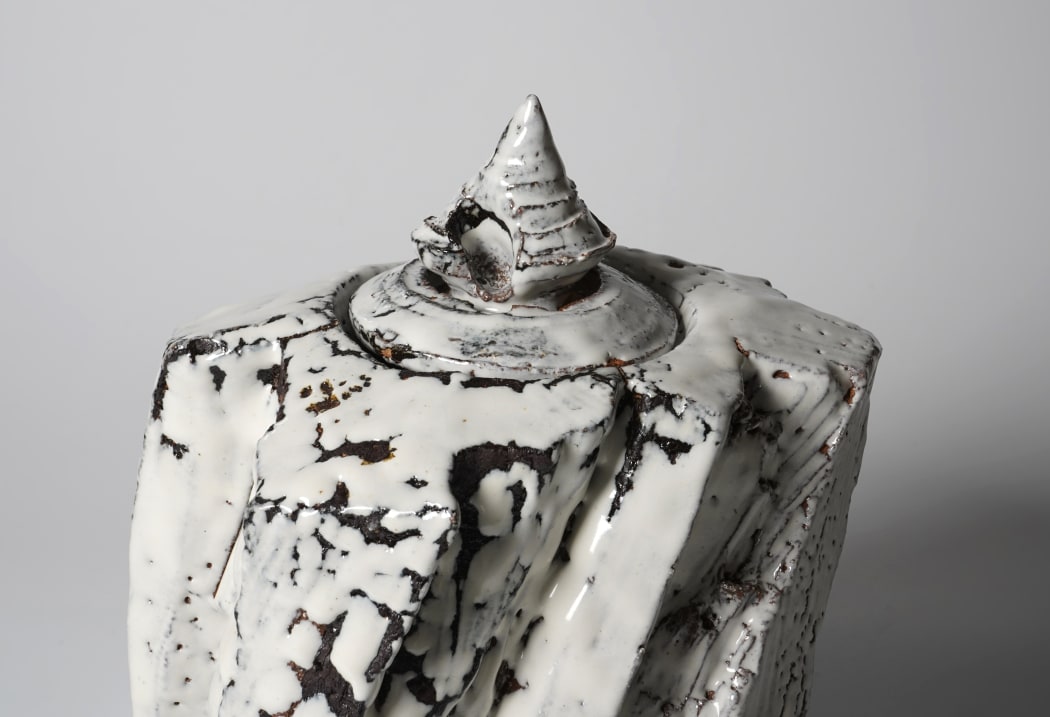
-

-

Excerpts: Wada Morihiro
On his 彡文 San-Mon SeriesWe've been translating Wada Morihiro's excerpts and writings about his artistic process and techniques. Today, we are delighted to share his notes on his beautiful San-Mon series. Read more. here. -
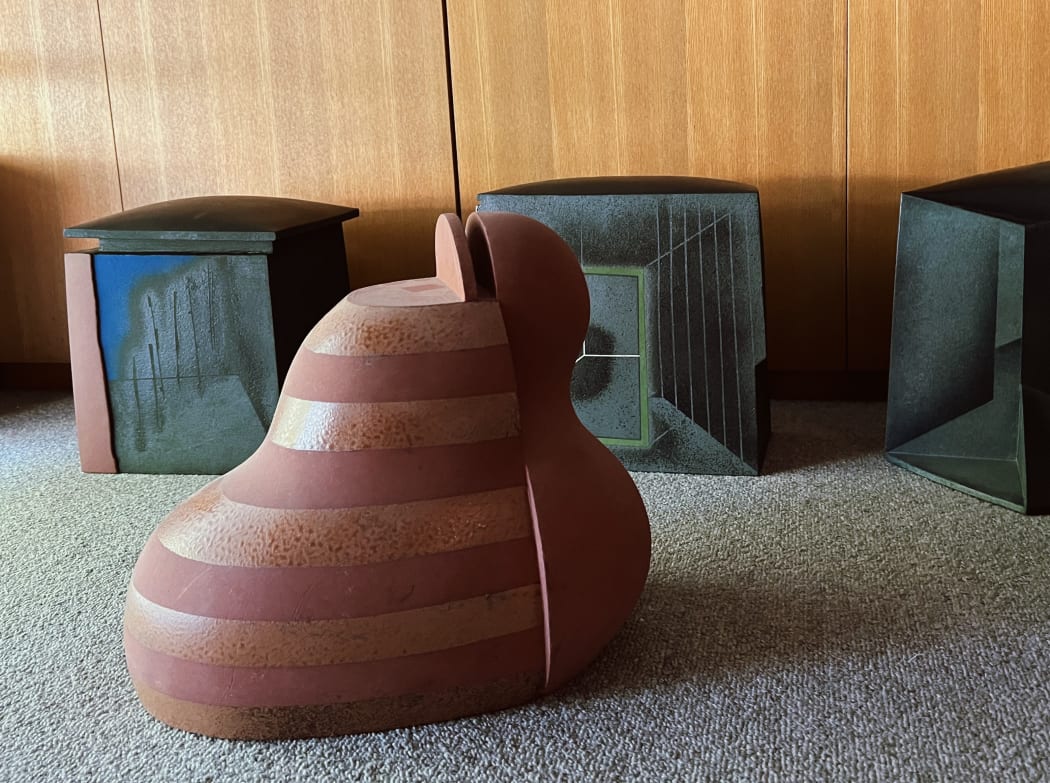
Field notes from Kyoto
Notes on Hayashi Yasuo's recent workRead more field notes from our director's travels through the ceramic capital of Japan: Kyoto. -

Goto Hideki 後藤秀樹 (b. 1973)
Images of a Sea GodGoto Hideki is a ceramic artist based in Tajimi City. After graduating from Tajimi Technical High School, where he studied ceramics, he participated in public exhibitions, solo exhibitions, and group exhibitions. His works meditates upon the origin of pottery: the interplay between the nature and clay. Read more about his Sea God "Watatsumi" series. -
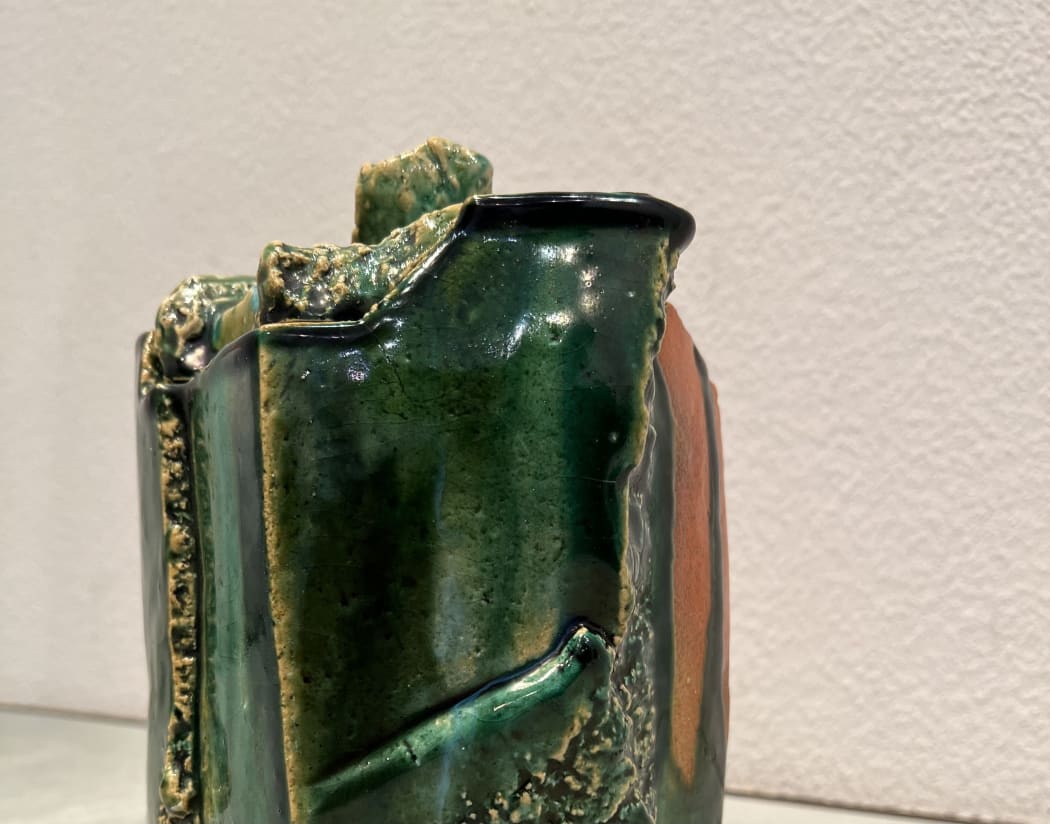
In the Studio with Higashida Shigemasa
A visit to see what's next: Field notes from Beatrice in Tokyo -
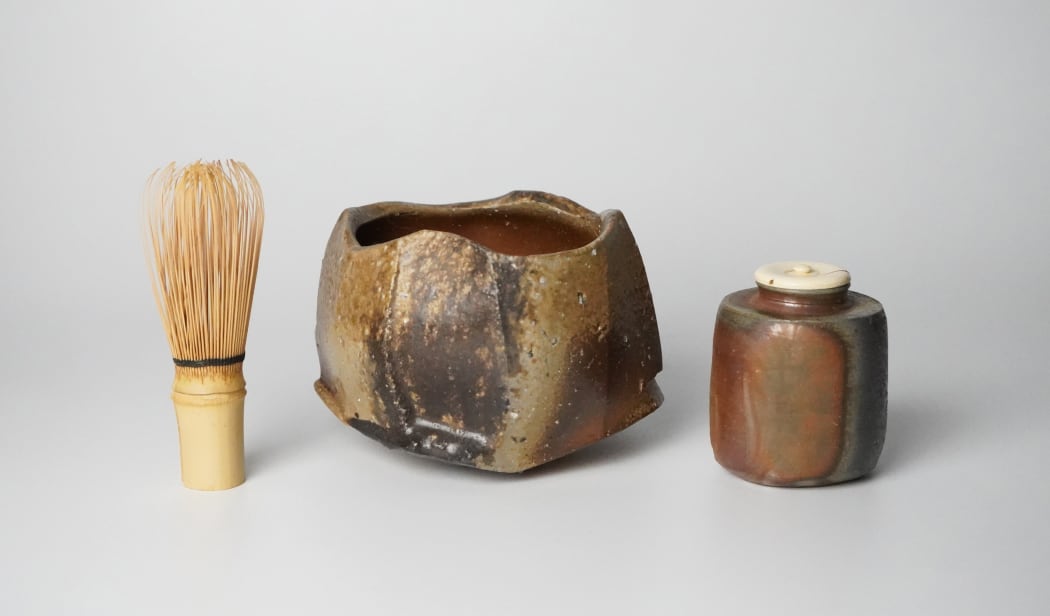 Kakurezaki Ryuichi tea bowl with a tea caddy by Isezaki Mitsuru
Kakurezaki Ryuichi tea bowl with a tea caddy by Isezaki Mitsuru“Modern visual taste, weaned on the sculptural Impressionism of Bourdelle and Rodin or on the painterly abstractions of Pollock and Dubuffet – that is, trained to accept the semiotic language of organic process – can more easily embrace the “accidental” attributes of Raku, Iga, Bizen, Shigaraki, Karatsu, and Tamba glazes.”
Read more about aspects of contemporary taste for the ceramic tea bowl.
-

The Art of Kishi Eiko 岸映子
Reflections on the occasion of the 36th Kyoto Art Culture AwardIt is with delight that we announce that Kishi Eiko (b. 1948) has been awarded the 36th Kyoto Art Culture Award. On this occasion, we reflect on the innovations of her ceramic art. -

Murata Gen: The Heart's Eye
As Featured in Ceramics Now MagazineRead our Murata Gen and Mashiko exhibition article as featured in Ceramics Now Magazine. -
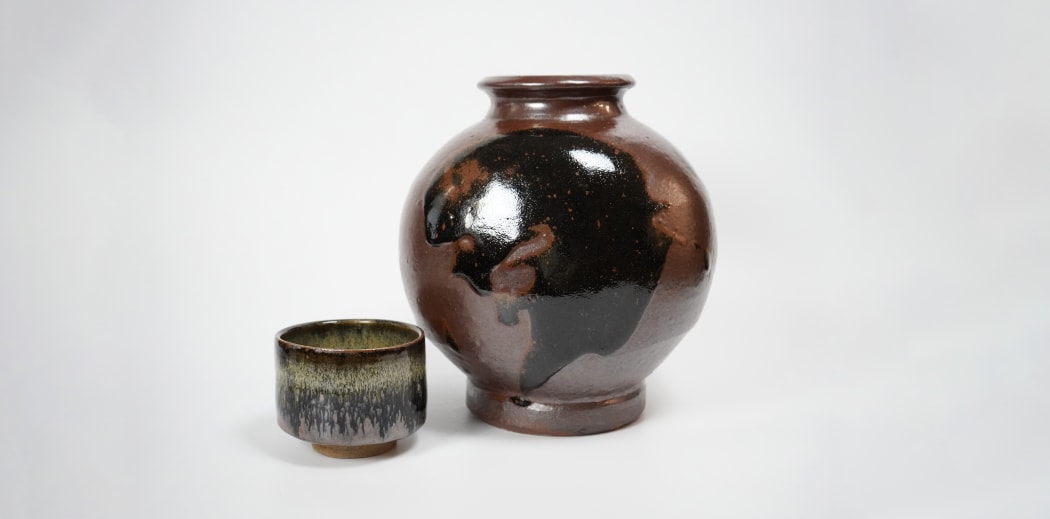
Murata Gen 村田 元
A forewordOn the occasion of the opening of "Murata Gen: The Heart's Eye", read the Foreword to our online exhibition catalog for our Murata Gen debut solo exhibition in North America. Browse the artist's works on our website. -

-
A Note on Artist Seal Connoisseurship
Reading Murata Gen's sealsDid you know? Murata Gen 村田 元 (1904-1988) used three different seals during his lifetime. Read more to understand the three types of seals he used and why.
-
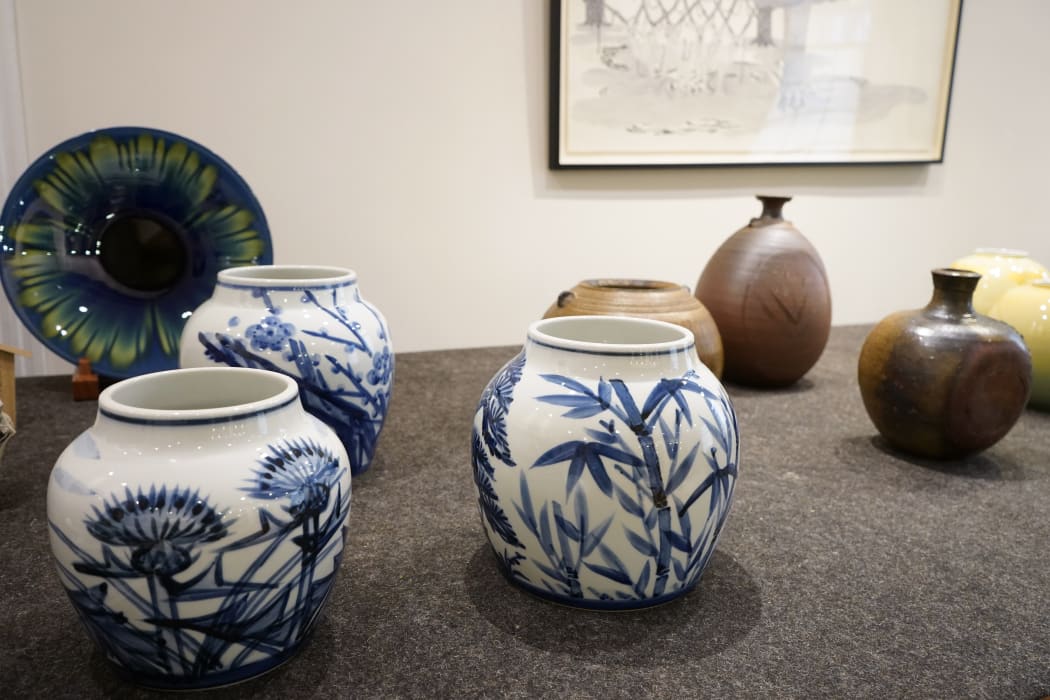
-

Ishiyama Tetsuya
The "Dimple Bowl" and contemporary ceramicsRevisit a tea bowl by the contemporary ceramicist Ishiyama Tetsuya with us, with a platinum sheen and gold inside. "Dimple bowl" is a playful take on the often sombre and traditional Japanese tea ceremony. -
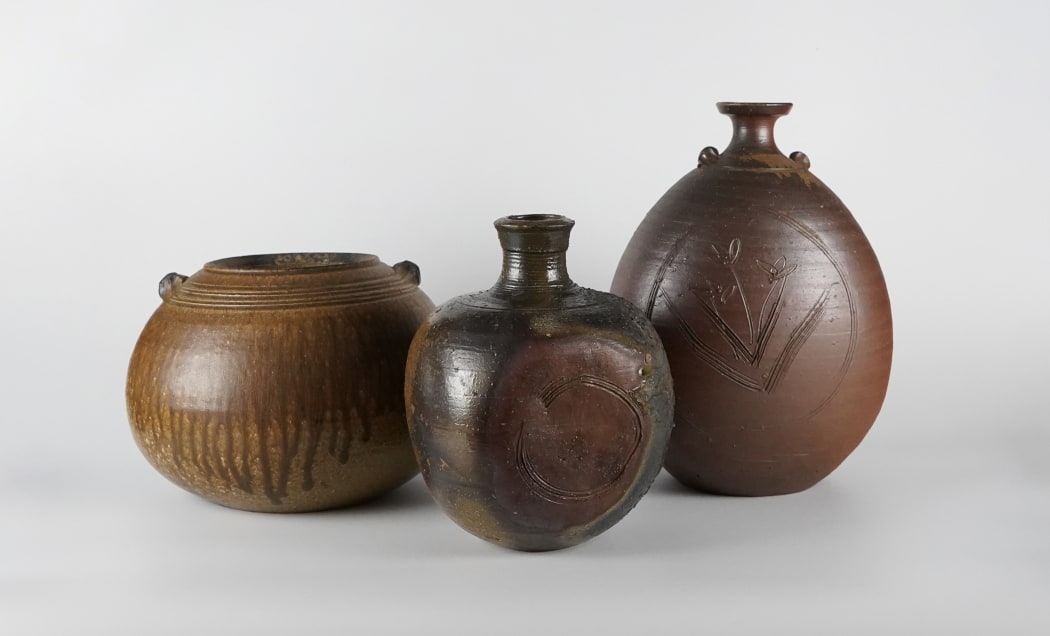 Group of three vessels by Fujiwara Yu | Exhibited on the occasion of Asia Week New York 2023
Group of three vessels by Fujiwara Yu | Exhibited on the occasion of Asia Week New York 2023Fujiwara Yū 藤原雄 (1932-2001)
The Talent of BizenRead more about the Living National Treasure of Bizen clay & the famous Fujiwara Bizen family. -
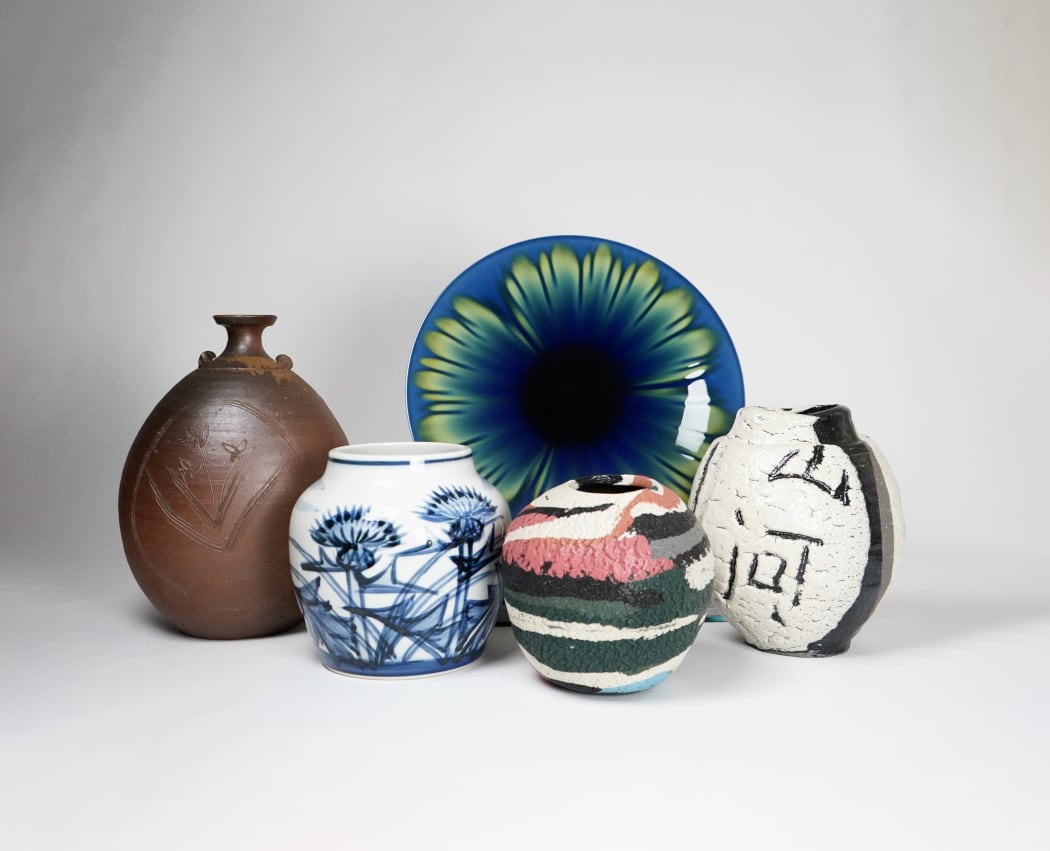 Group of works by ceramic Living National Treasures
Group of works by ceramic Living National TreasuresThe Living National Treasures of Japan
Essay by Daniel McOwanWhat is a Living National Treasure in Japan, and how did it come to be? Read the essay by Daniel McOwan, Japanese art specialist & curator. This essay is published on the occasion of our March exhibition "Intangible Heritage: The Art of Japan's Living National Treasures", coinciding with the annual celebration of asian art: Asia Week New York. -

-

Clay as Soft Power
Shigaraki in Postwar America & JapanThe University of Michigan Museum of Art's exhibition, Clay As Soft Power examines how Shigaraki ware ceramics transformed the American public’s image of Japan, helping the country shift its identity from World War II enemy to Cold War ally to global cultural change maker.
-

Tsubo
The Art of Contemporary CraftPreview art historian & curator Daniel McOwan's essay on our Fall 2022 exhibition catalog. "Tsubo: The Art of Contemporary Craft" gives an overview of the history of the jar category in Modern Japanese ceramics, while also exploring significant potters, artists, and figures who have propelled this formal category in the 20th and 21st centuries.
-
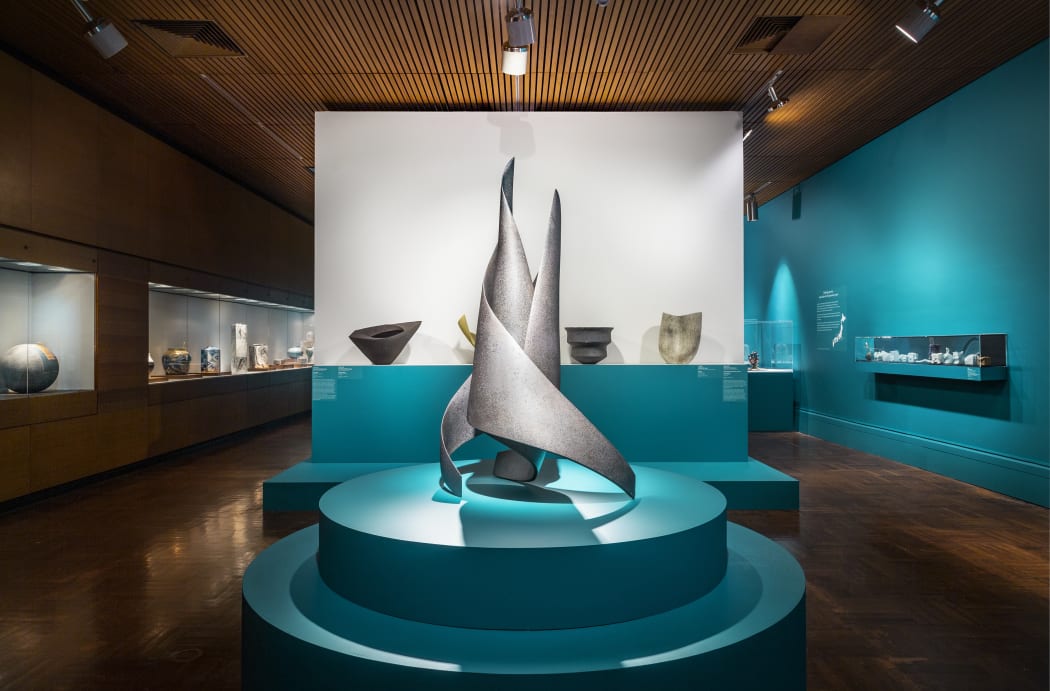
Japanese Ceramics at the Art Gallery of South Australia
Dai Ichi Arts: AbroadMany pieces from our gallery were featured in this dynamic exhibition which spans Japanese modern & contemporary ceramics beginning in the post-war years to today. Click to read more! -

-

-
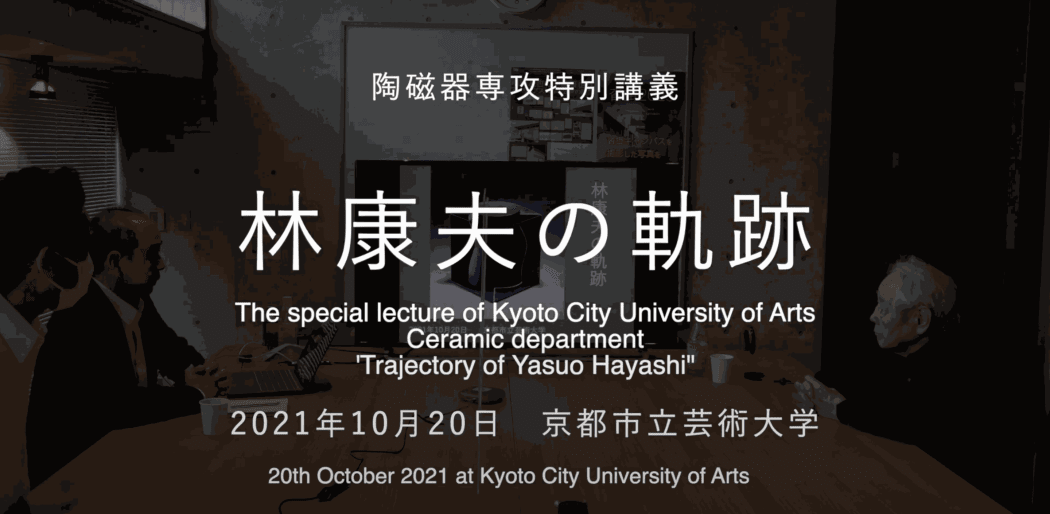
Osaka University of Arts: Panel Discussion on the Avant-Garde Ceramics
A Panel Discussion on the Avant-Garde Ceramics of Hayashi Yasuo, Yagi Kazuo, and Suzuki Osamu -
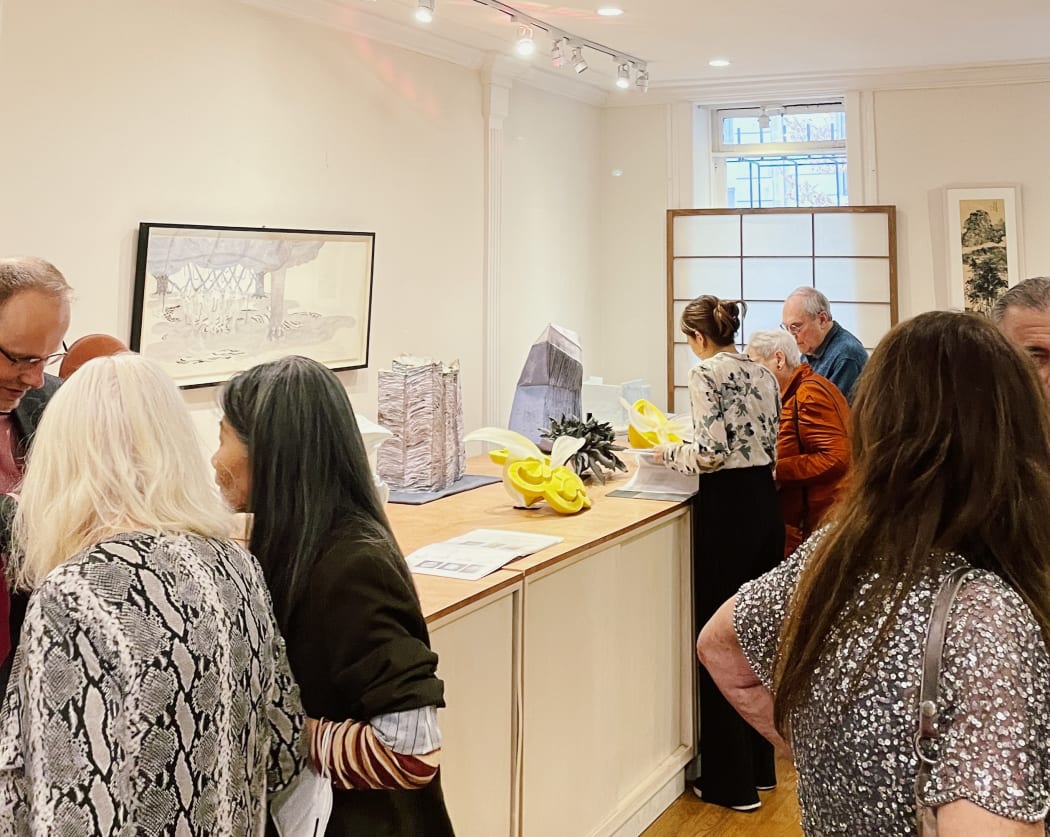
-
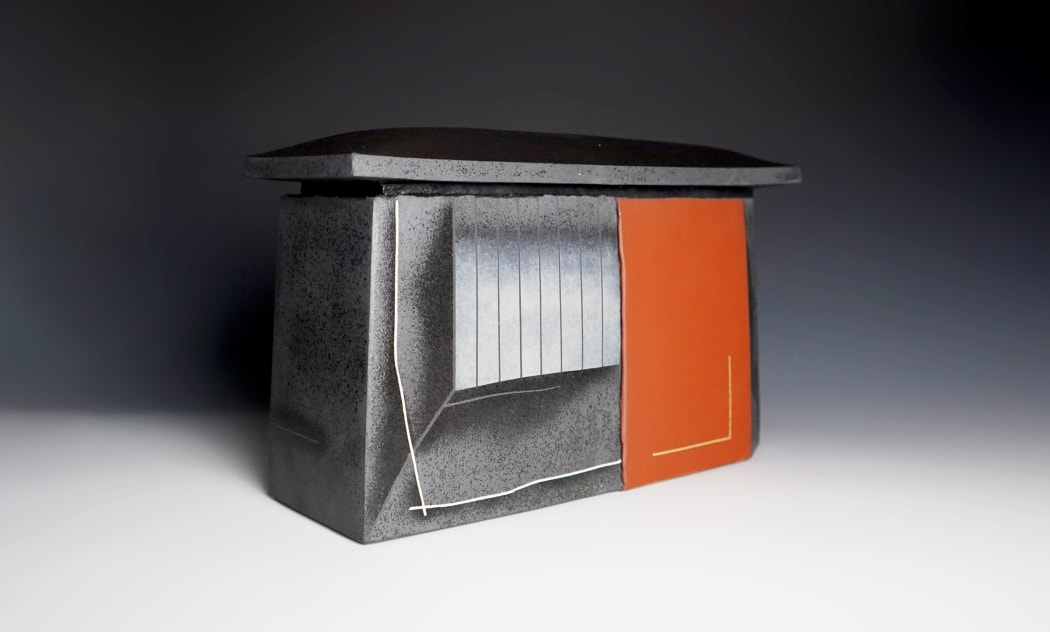
New publication: "The Age of Avant-garde Ceramics: The Life of Yasuo Hayashi"
A retrospective of Hayashi Yasuo's 80 year Artistic Practice written by Sakagami ShinobuWe are celebrating Hayashi Yasuo's recent feature in an important book featuring an extensive retrospective of Hayashi's artistic practice.
-
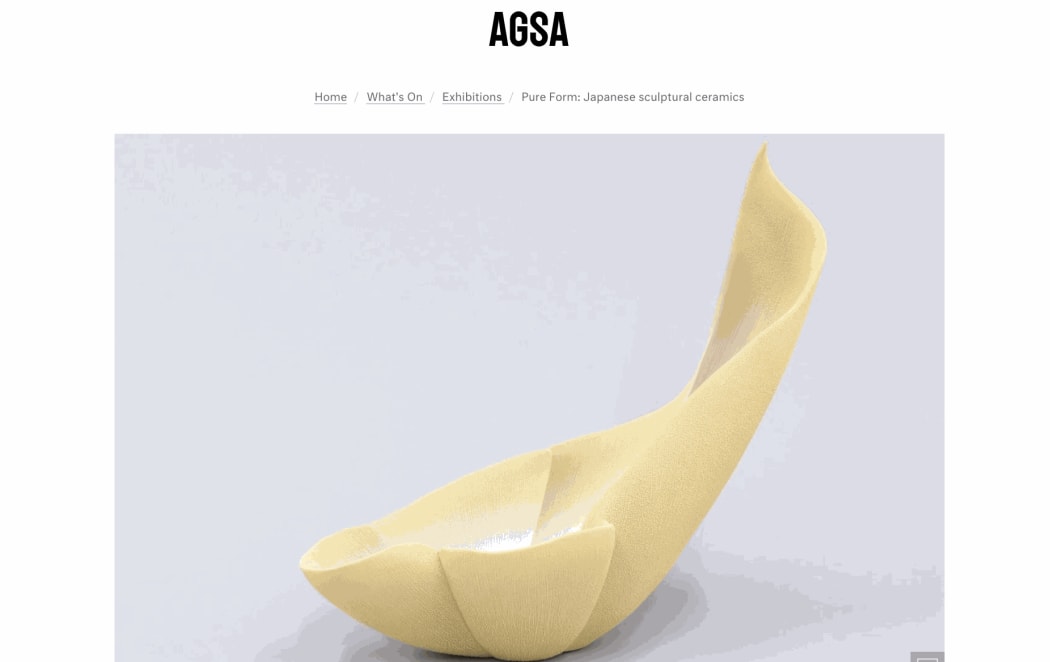
Art Gallery of South Australia & Dai Ichi Arts
AGSA will be featuring sculptural works acquired from Dai Ichi Arts in an upcoming Exhibition -

-

The Legacy of Mingei & Murata Gen
The social art history of Murata Gen's potteryWhile we are excited to see new artists emerging on the stage of Japanese ceramic scene, we pause, and examine those who pioneered in the field; who looked into their own humble roots to be inspired. This is the work of Murata Gen, of Mashiko & Mingei...
-
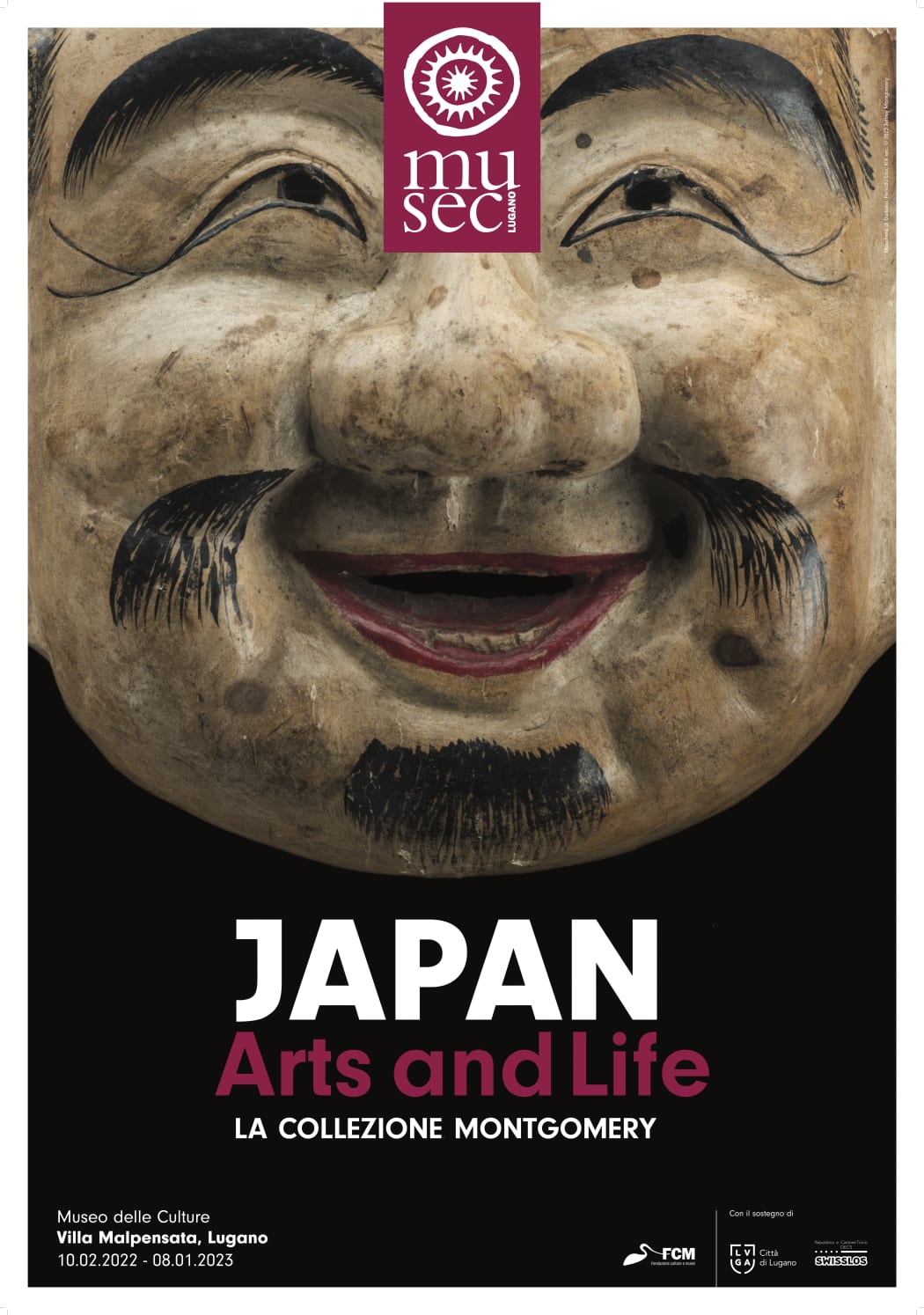
We’re delighted to announce that the important collector of Japanese ceramics, and our friend Mr. Jeffrey Montgomery will be exhibiting his collection of over 250 Japanese folk crafts in ceramic, wood, fabric, and lacquer mediums. Coming up this October, it will be the first major and extensive exhibitions of Japanese folk craft, including Mingei wares from Mashiko, outside of Japan in the last 50 years. It showcases the importance of the Montgomerey collection. The upcoming exhibition in the Museo Delle Culture in Lugano will showcase pieces that have passed through Dai Ichi Arts in recent years.
-

Ayumi Shigematsu
The Vanguard GenerationAyumi Shigematsu (b. 1958) is part of a vanguard generation of highly influential post-war female artists in Japan whose practices are inspired by concepts of female sexuality and representations of nature. She studied with Suzuki Osamu 鈴木 治 (1926-2001) at the Kyoto University of Arts and as pioneer for women in a historically male-dominated pottery industry in Japan, she went on to work as one of few female professors teaching ceramic practice at her alma mater. Having studied with the pioneer of the Sodeisha ceramic movement, her propensity for sculptural rather than functional clay forms reflect key Sodeisha tenets.
-
How can we tell the difference between Japanese and Korean ceramics? What is it in Korean ceramics that is absent from Japanese wares? Aloofness, sternness, a certain folk quality...it would take more space than we have there to get to the bottom of it, but pay close attention to the beautiful Korean Moon jars next time you visit the Victoria and Albert Museum, take a second look at the robust collections at the Metropolitan Museum of Art, or browse contemporary pieces at the San Francisco Asian Art Museum, and you might begin to get a feel for the distinctions between these two great ceramic cultures.
-
Contemporary artist Kino Satoshi (b. 1987) is a young sculptor with a big vision who, like many Japanese ceramic artists, finds inspiration in nature and its powerful forces. His recent celadon series is titled Oroshi, which refers to a cold wind coming down from the mountains. This exemplary 2015 sculpture places the viewer in front of a perfectly balanced spiral form made by a cool mountain wind.
-
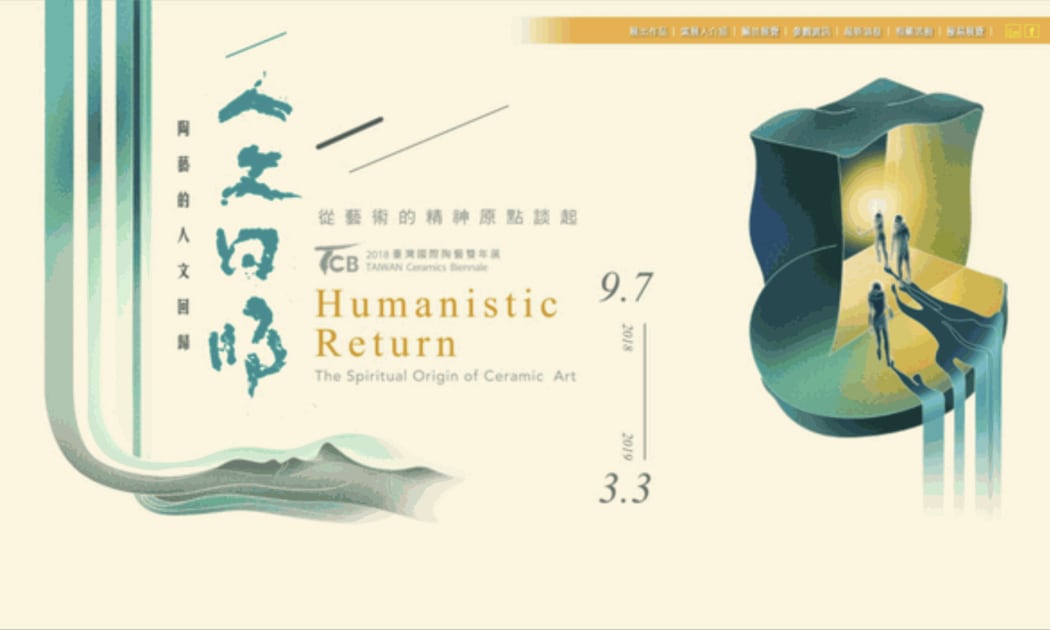
-
Celadon
The art of Yoshikawa MasamichiIf the Song Dynasty's five kilns (Guan ware kiln 官窯, Ge ware kiln 哥窯, Ru ware kiln 汝窯, Ting ware kiln 定窯, and Jun ware kiln 鈞窯) represent the height of Chinese classic porcelain making, contemporary Japanese ceramics enjoy the same national status today within Japan and around the world. The work of Yoshikawa Masamichi (b. 1946) makes us ask whether contemporary Japanese ceramics might be more expressive and diverse than the Song Dynasty ceramics that inspire today’s artists.
-
I think that among many professions and callings, the artist is a noble one. Throughout their live, these visionaries create arts to inspire, delight, and connect; when they are gone, their art and artistic legacy continue to teach, provoke and strengthen our bonds with each other. Wada Morihiro was a star that fell too soon. In 2009, a year after Wada left us, Dai Ichi Arts presented the exhibition Celebration of a Life, seen in the attached brochure with several of Wada's works that were exhibited for sale. Wada's ceramics still intrigue us over a decade after his passing, and we grow to understand him more.
-
 Hayashi & his wife
Hayashi & his wifeHayashi Yasuo
Our 90 Years Young HeroHayashi Yasuo 林康夫 (b. 1928) embodies the maxim "clay prolongs life," as he has been a practicing ceramic artist for over six decades. Today he even drives from Kyoto to Tokyo to attend his exhibitions! Age has never deterred this significant artist, who was one of founder of Shiko-kai 四耕会(1947), a precursor of the influential Japanese avant-garde ceramics group Sodei-sha 走泥社(1948), when he was only 19 years old. The art critic Kimura Shigenobu 木村重信(1925-2017) has identified Hayashi Yasuo's "Cloud" sculpture as the first totally non-functional ceramic work, which according to Kimura made Hayashi "the real forerunner in the field." This departure from traditional ceramic techniques freed future generations of Japanese ceramic artists.